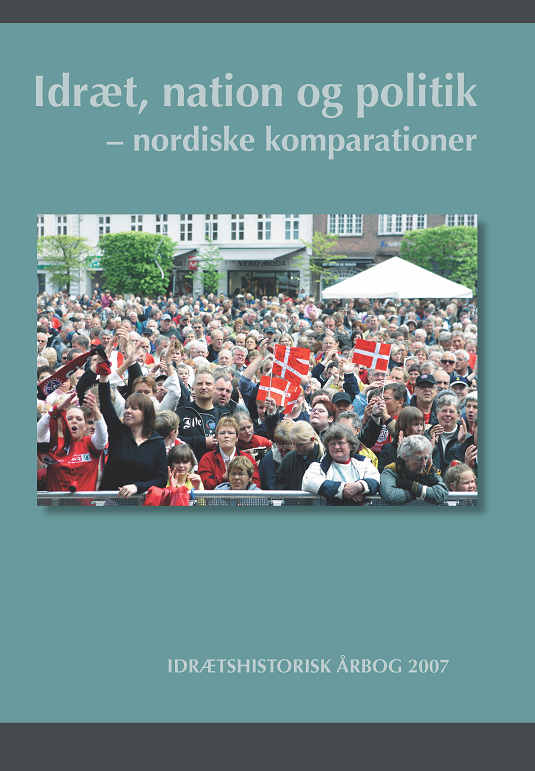Kommunal idrætspolitik. Hvorfor forskelle mellem kommunerne?
DOI:
https://doi.org/10.7146/ffi.v23i0.31666Resumé
Artiklen beskriver kommunernes idrætspolitik og forklarer forskellene derpå mellem kommunerne. Derudover tager artiklen også sigte på at vurdere, hvilke konsekvenser kommunalreformen vil få for idrætspolitikken i kommunerne.
Bjarne Ibsen: Sport politics at municipal level
The aim of the article is to describe the policies and the politics for sport and physical activities at the municipal level in Denmark. Further it aims at explaining the differences between the municipalities and estimating the consequences of the municipal reform for the sport politics in the future. The first part of the article shows that there are considerable differences between the municipalities in Denmark regarding formal sport politics (principles for the sport politics adopted by the municipal council), municipal initiatives to promote physical activity among inactive children and adults, the number of sports facilities, the economic costs for sport and leisure and the administration of sport in the municipality. The second part of the article is an analysis of two hypotheses that aims at explaining the differences between the municipalities. The first hypothesis suggests that the differences are due to variations among the municipalities in the interest of and attitudes towards sport among the inhabitants and the politicians. In the second – competing – hypothesis the explanation is the specific conditions for the municipality; the number of inhabitants and the economic possibilities. A multiple regression analysis confirms the second hypothesis. In the light of these results we can expect that the reform of the municipalities – with bigger municipalities – will lead to more proactive sport politics, with an emphasis on the value of sport for welfare and integration, unlike a more traditional reactive politics with an emphasis on self-determination and cultural values.

